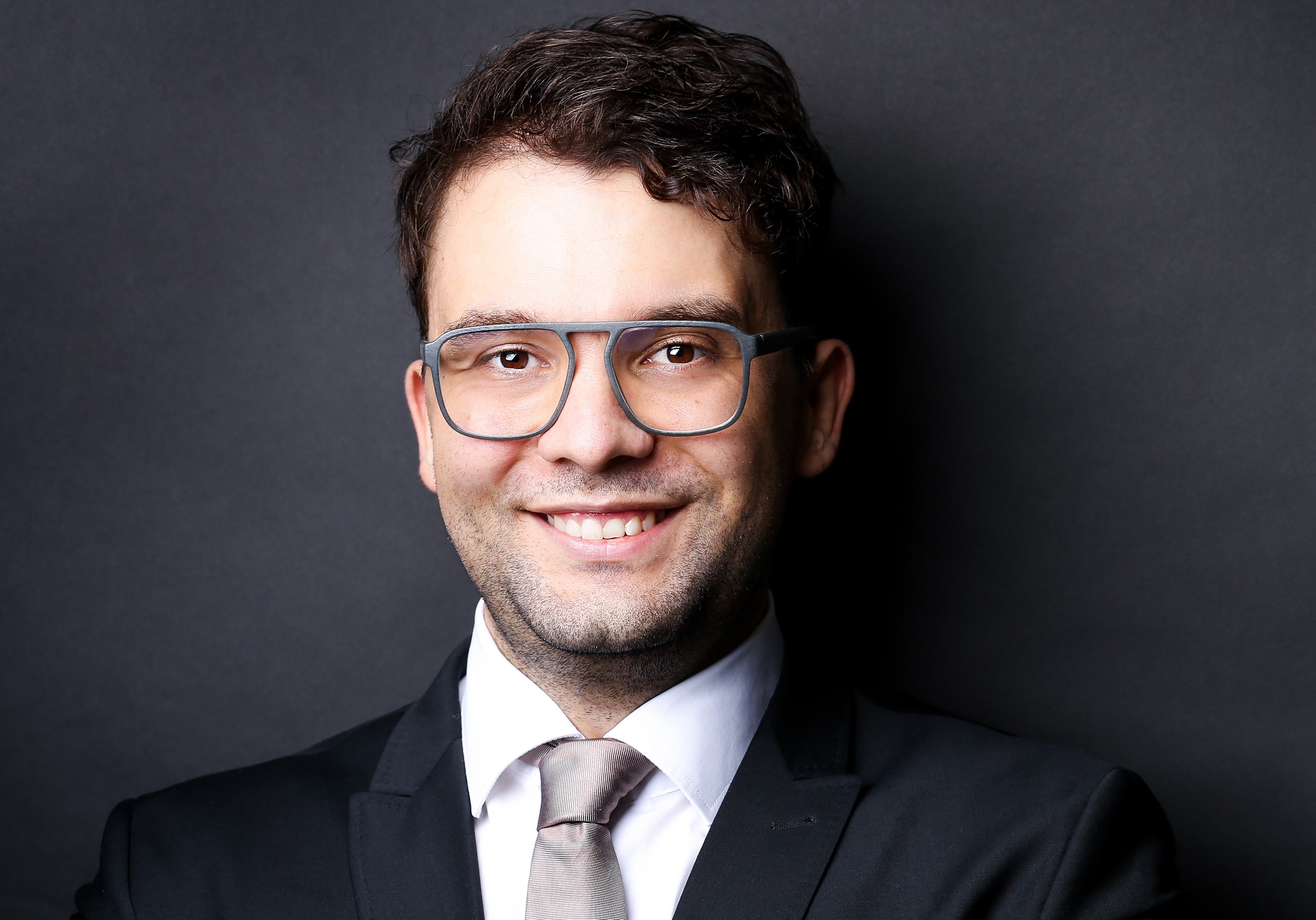Making sense of our connected world

Harnessing Artificial Intelligence the European Way
Will 10 April 2018 be remembered by many as the day of Mark Zuckerberg’s testimony before the US Senate? The hearing was covered by the media in all aspects down to the tie he was wearing. But that was not the only important event taking place on that day, and maybe not even the most important one: I am talking about the Declaration on Cooperation in Artificial Intelligence, signed on the same day but hardly noticed. And yet its impact in the long term might exceed that of the current scandal about Facebook and Cambridge Analytica by far.
During the European Union’s second Digital Day in Brussels, this informal agreement was signed by 25 states including the United Kingdom and Norway. The signatories of the declaration believe that the development of AI will have a great impact on their future. AI applications are already ubiquitous in daily life. Think about the assistant on your mobile phone and ever smarter robots. The discussions about lethal autonomous weapons systems remind us that AI can also be a question of life and death. In the context of the rising importance of AI and the increased willingness to influence its development also on the highest political levels, the Declaration represents a new and unique approach.
At first sight, this document seems to be quite unspectacular: on no more than three pages, it lists three general areas of cooperation – AI research, its economic impacts and social issues – and 14 more specific measures. What is special is the declaration’s specific integrative approach. Unlike discussions about AI on the international plane, the declaration aims to integrate countries, research and development and policy areas.
The declaration is a collaboration of EU member states including the United Kingdom which is about to leave the Union, and Norway, which is not a member. They agree to form a “comprehensive and integrated European approach on AI”.
In the current strategic debate about AI on the international plane, one usually finds positions that emphasize competition rather than integration. The Russian president Vladimir Putin famously stated at the Russian Children on Knowledge day that “whoever becomes the leader in this sphere will rule the world and it would not be desirable that this monopoly be concentrated in someone’s hands”. China has published its strategy to become the leading nation by 2030. The UK’s Prime Minister Theresa May stated at the World Economic Forum that she was “establishing the UK as a world leader in Artificial Intelligence”.
To some (1, 2, 3) these views of states bear some resemblance to the arms race of the cold war when states struggled for technological superiority. Yet, the Declaration resembles more the community of coal and steel than a nuclear arms race. The first Digital Day in 2017 marked the 60th anniversary of the Treaties of Rome, which were built on the European Coal and Steel Community. Speeches held at the event often referred to digital technology as having the potential for integrative effects like coal and steel for Europe after the second world war. European countries combined their coal and steel industries and created a supranational authority with own competences to govern this area. This was a key factor to establish mutual trust between states. While the empowerment of states through AI is often compared to nuclear technology, coal and steel might prove to be a better metaphor: Coal is used to produce steel like data is used for the training in many AI-technologies. Like AI, steel can be the basis of artefacts having many purposes. Steel can be turned into swords and ploughshares. AI can be the basis for nursing robots and automated lethal weapon systems. So, it might be better not only to share the knowledge about AI technologies, but to work together in exploring, designing and using them.
The second area of integration is the integration of research. This has economic and scientific aspects. The signatory states agree to establish new digital innovation hubs, but also to reinforce existing research centers on AI and support their pan-European dimension. Therefore, the research is to be organised in a decentralised and interconnected way which might one day even include states outside Europe. One of those institutions could be the envisaged French-German centre for AI, which is also part of the German coalition agreement between the governing parties. Contrast this with the more centralist plans of the Chinese government to spend 2.1 billion US $ to build a technology park covering 54.87 hectares in China’s capital Beijing. In a more centralist structure, collaboration is of course possible. In integrated rather federalist structure, it is a necessity. Research, development and innovation funding is also part of the declaration. In his speech at the Sorbonne, the French President Emmanuel Macron went as far as calling for a European agency for disruptive innovation. The only technology he mentioned in that context was artificial intelligence. Yet, an integrative approach does also deal with knowledge distribution: The AI resulting from this research is to be made available to different parts of society such as public administration and companies with less AI-capabilities.
The third level of integration relates to policy areas. According to the theory of functional integration, integration of one policy area spills over into the next. Economic collaboration could be a first step for states to work together in other areas. The first three areas mentioned in the declaration can be compared to the three big areas of European integration: The Community of Coal and Steel integrated resources and technology, this spilled over to the European Economic Community integrating the several national markets in Europe. The third step was an increasing political and social integration resulting in the European Union.
What is special about the declaration is that it has an integrative view on technology, economy and society. AI technologies are not to be viewed separately from other areas but as a whole. This integrated view does not give precedence to innovation, economic benefits, governance, design or accountability. It tries to deal with all aspects at the same time. Such an integrated approach is mindful of the embeddedness of technology in society. The focus of development of important and relevant technologies must be on their impacts from the start of the design process. It is a process of constant learning. The level of integration envisaged in the declaration is, however, nuanced: the countries agreed to exchange views on ethical and legal frameworks. That leaves some leeway for each respective country. They, however, also agreed that humans must remain in the centre of development, deployment and decision making of AI. These two aspects mirror the idea of unity in diversity in Europe. Convergent ethical and legal frameworks and human-centricity could become part of the nucleus of a particular European stance towards the future of AI, which could turn out to be an important part of our future.
At the moment, there are many initiatives aiming to guide the development of AI in a sustainable and ethically responsible way. What makes the declaration special is that it represents also an idea how to get there. It is a translation and adaption of the European idea of integration. Whether 10 April 2018 will become a date mentioned in future history books – or their functional digital equivalents – is hard to predict. It is my hope that looking back, we will have forgotten Zuckerberg’s tie and remember this day as part of a series of events that helped to ensure a responsible and sustainable development of AI for the common good.
This article first appeared on Verfassungsblog under a CC BY-NC-ND license.
This post represents the view of the author and does not necessarily represent the view of the institute itself. For more information about the topics of these articles and associated research projects, please contact info@hiig.de.

You will receive our latest blog articles once a month in a newsletter.
Platform governance
Inside content moderation: Humans, machines and invisible work
Content moderation combines human labour and algorithmic systems, exposing global inequalities in who controls what we see online.
Beyond Big Tech: National strategies for platform alternatives
China, Russia and India are building national platform alternatives to reduce their dependence on Big Tech. What can Europe learn from their strategies?
Counting without accountability? An analysis of the DSA’s transparency reports
Are the DSA's transparency reports really holding platforms accountable? A critical analyses of reports from major platforms reveals gaps and raises doubts.




